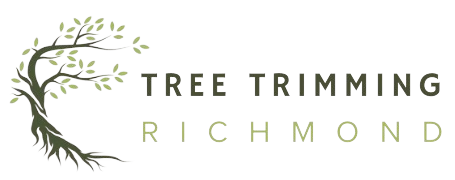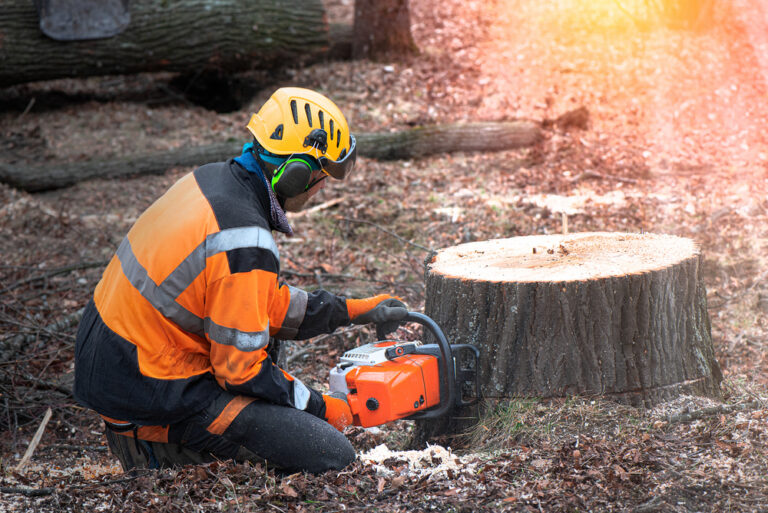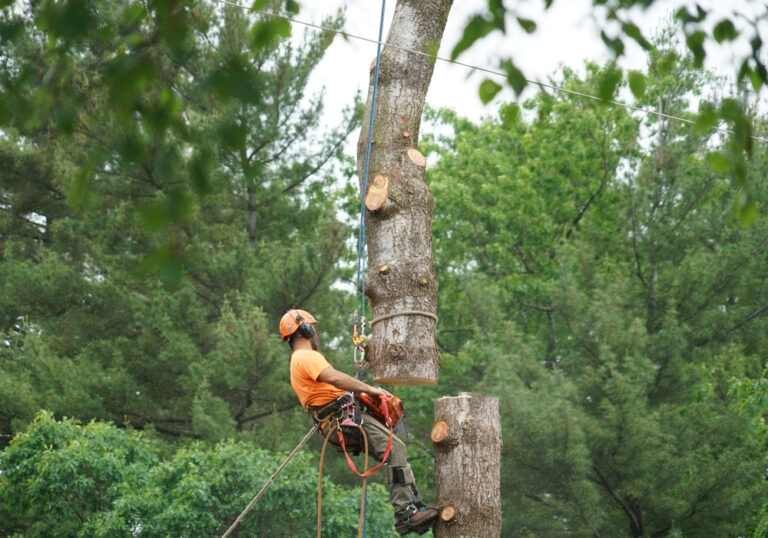Understanding the Cost of Tree Removal Services
Tree removal is a crucial service that helps maintain the health, safety, and aesthetics of your property. However, the cost of tree removal can vary significantly based on several factors. This article will explore these factors in detail, providing a comprehensive understanding of what you can expect when hiring tree removal services.
Factors Influencing Tree Removal Costs
1. Tree Size and Height
The size and height of a tree are the most significant factors affecting the cost of removal. Larger trees require more labor, time, and equipment to safely cut down and remove. Trees taller than 60 feet can be particularly challenging, often necessitating specialized equipment such as cranes.
Small Trees
Small trees, typically under 30 feet tall, are the easiest and least expensive to remove. Examples include dogwood, magnolia, and Japanese maple. The cost for removing a small tree ranges from $150 to $500.
Medium Trees
Medium-sized trees, ranging from 30 to 60 feet tall, include species like oak and maple. The removal cost for these trees is higher, generally falling between $300 and $1,000.
Large Trees
Large trees, over 60 feet tall, such as pine, red oak, and sycamore, are the most expensive to remove. The cost can range from $800 to $1,500 or more, depending on the complexity of the job.
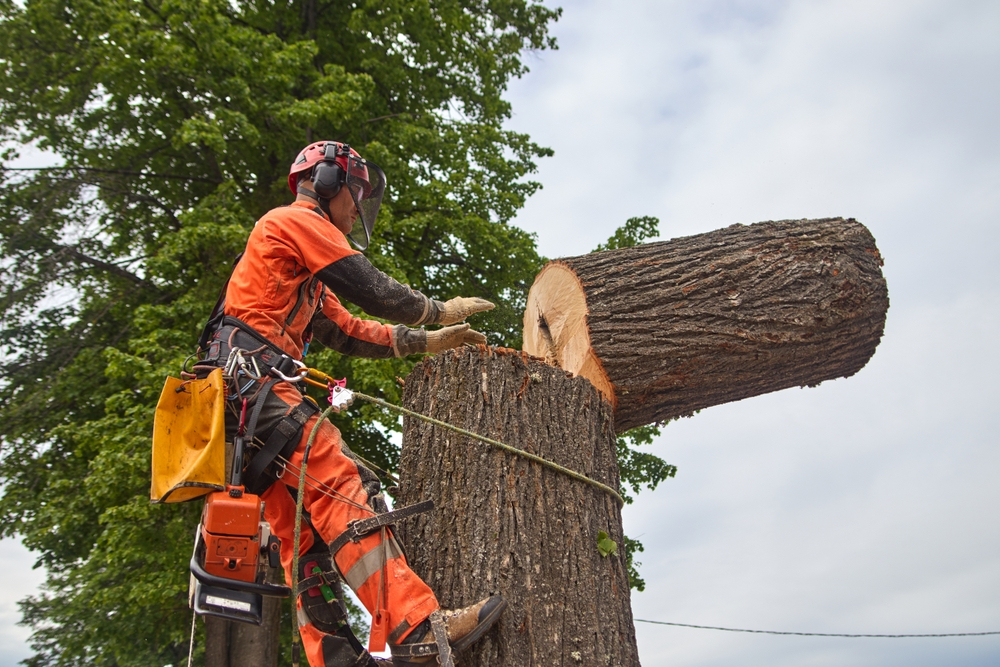
2. Tree Condition
The condition of the tree also plays a crucial role in determining removal costs. A healthy tree is usually easier to remove than a diseased or damaged one. Trees with structural issues may require additional precautions and equipment, increasing the cost.
Healthy Trees
Healthy trees, free from disease and structural damage, are generally straightforward to remove. The cost is primarily influenced by size and accessibility.
Diseased or Damaged Trees
Diseased or damaged trees can be more challenging to remove safely. These trees may be unstable, requiring extra care to prevent accidents. Removing a diseased or damaged tree can cost 25% to 50% more than a healthy tree of the same size.
3. Location and Accessibility
The tree’s location on your property significantly affects the removal cost. Trees in hard-to-reach areas or near structures like homes, power lines, or other trees require more effort and time to remove safely.
Easy Access
Trees located in open spaces with easy access for equipment and workers are less expensive to remove. The cost is lower because the job can be completed more quickly and with fewer resources.
Difficult Access
Trees near buildings, power lines, or other obstacles are more challenging and dangerous to remove. These jobs often require additional equipment, such as cranes or bucket trucks, and more labor, increasing the overall cost.
4. Urgency and Timing
The timing and urgency of tree removal can also impact the cost. Emergency removals, often needed after storms or when a tree poses an immediate threat, are more expensive than scheduled removals.
Scheduled Removals
Scheduled tree removals allow the service provider to plan and allocate resources efficiently. These removals are typically less expensive, as they can be performed during regular business hours.
Emergency Removals
Emergency removals require immediate action, often outside regular business hours. This urgency increases labor and equipment costs, making emergency tree removals significantly more expensive.
Additional Services and Costs
Tree removal often involves more than just cutting down the tree. Additional services, such as stump removal, wood chipping, and debris cleanup, can add to the overall cost.
Stump Removal
After a tree is cut down, the remaining stump can be an eyesore and a tripping hazard. Removing the stump is an additional cost, ranging from $60 to $350 per stump, depending on its size and root complexity. Stump grinding, a less invasive option, typically costs $75 to $200.
Wood Chipping and Log Splitting
Wood chipping and log splitting can help manage the tree debris. These services can add $50 to $100 to the total cost. If you plan to use the wood for firewood, log splitting is a worthwhile investment.
Debris Cleanup
Debris cleanup is often included in the tree removal service. However, if the tree is large or the job creates significant debris, there may be additional charges. Expect to pay $50 to $200 for extensive debris removal.
Permits and Regulations
In some areas, you may need a permit to remove a tree, especially if it is large or protected by local ordinances. Permit costs vary widely, from $25 to $100 or more. It’s essential to check with your local government to understand the regulations and associated costs.
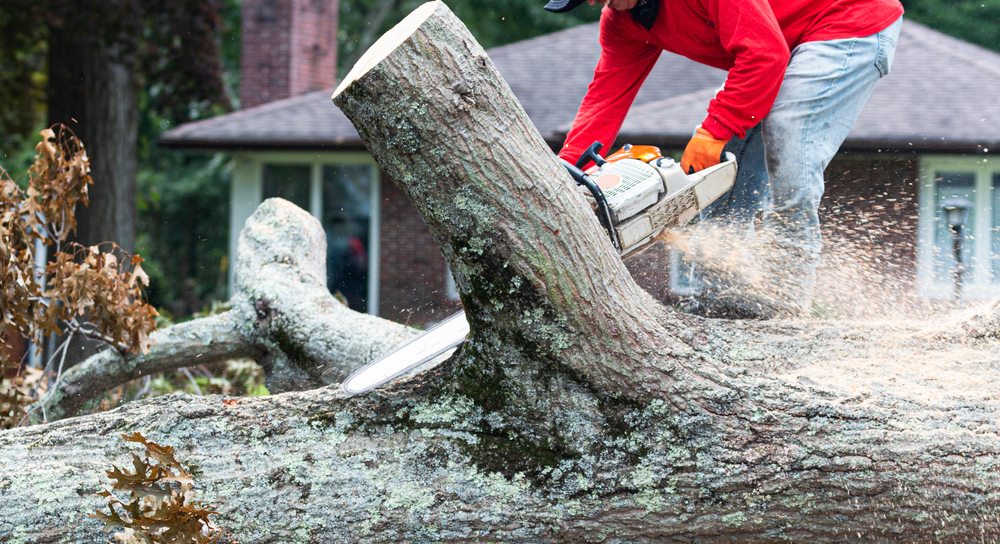
How to Choose a Tree Removal Service
Selecting the right tree removal service is crucial to ensure the job is done safely and efficiently. Here are some factors to consider when choosing a tree removal company.
1. Experience and Expertise
Look for a tree removal company. Experienced companies are more likely to handle complex jobs safely and efficiently. Check for certifications, such as those from the International Society of Arboriculture (ISA).
2. Insurance and Liability
Tree removal is a hazardous job. Ensure the company you hire has adequate insurance coverage, including liability and worker’s compensation insurance. This coverage protects you from potential liabilities in case of accidents or damages during the job.
3. Reputation and Reviews
Research the company’s reputation by reading online reviews and asking for references. A reputable company will have positive reviews and be willing to provide references from previous clients. Word of mouth can also be a reliable source of information.
4. Detailed Estimates
Request detailed written estimates from multiple companies before making a decision. The estimate should outline all costs, including additional services and potential extra charges. Comparing estimates helps you understand the market rate and choose the best value for your money.
5. Safety Practices
Inquire about the company’s safety practices. A professional tree removal service should follow industry safety standards and have a comprehensive safety plan. Ask about the equipment they use and the training their workers receive.
DIY Tree Removal: Pros and Cons
While hiring a professional tree removal service is often the best choice, some homeowners consider DIY tree removal. Before deciding to remove a tree yourself, weigh the pros and cons carefully.
Pros of DIY Tree Removal
Cost Savings
DIY tree removal can save money, especially for small trees. You won’t have to pay for labor or professional services, reducing the overall cost.
Flexibility
Removing a tree yourself allows you to work on your schedule. You won’t need to coordinate with a service provider, giving you more control over the timing of the job.
Cons of DIY Tree Removal
Safety Risks
Tree removal is inherently dangerous. Without proper training and equipment, you risk serious injury or property damage. Falling branches, chainsaw accidents, and unstable trees are common hazards.
Lack of Expertise
Professional tree removal companies have the expertise to handle complex jobs safely. They understand tree biology, structural integrity, and safe removal techniques. Without this knowledge, you may make mistakes that can be costly or dangerous.
Equipment Costs
Removing a tree yourself requires specialized equipment, such as chainsaws, ropes, and safety gear. Renting or purchasing this equipment can be expensive, potentially offsetting the cost savings of DIY removal.
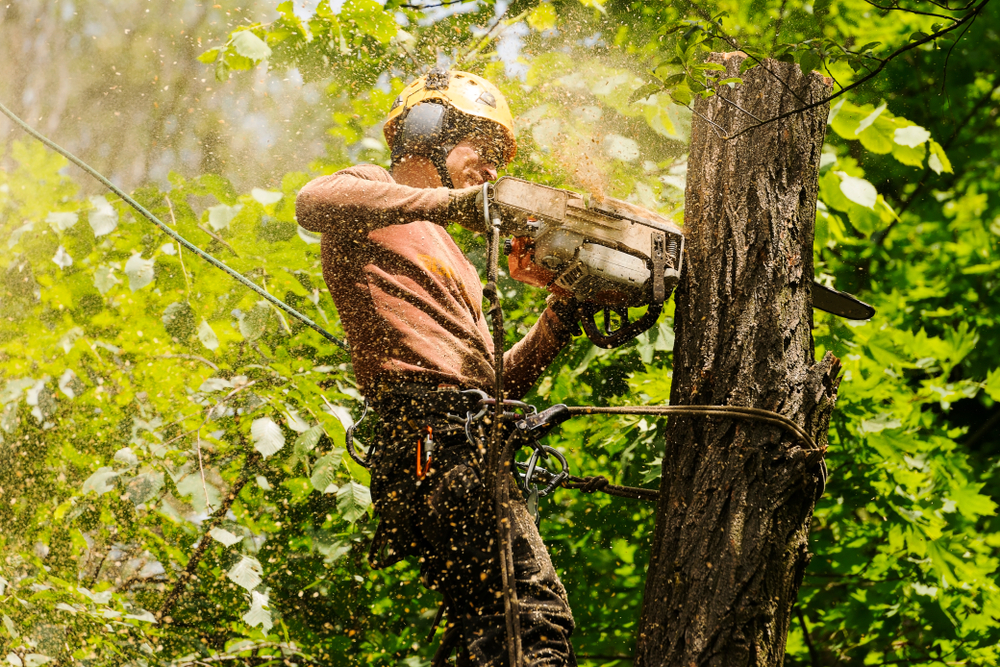
Environmental Considerations
Tree removal can have environmental impacts, so it’s essential to consider these factors when planning a removal.
Replanting and Replacement
Consider planting a new tree to replace the one being removed. This practice helps maintain the ecological balance and provides future benefits, such as shade and habitat for wildlife. Choose a native species suited to your local climate and soil conditions.
Wood Recycling
Recycling the wood from a removed tree is an environmentally friendly option. Many tree removal services offer wood chipping or log splitting, allowing you to use the wood for mulch or firewood. Alternatively, you can donate the wood to local organizations or individuals in need.
Erosion Control
Removing a tree can affect soil stability and increase the risk of erosion, especially on slopes. To mitigate this, consider planting ground cover or other vegetation to hold the soil in place. Mulching the area can also help retain moisture and prevent erosion.
Conclusion
Understanding the cost of tree removal services involves considering several factors, including tree size, condition, location, and timing. Additional services, such as stump removal and debris cleanup, can also impact the overall cost. When choosing a tree removal service, prioritize experience, insurance coverage, reputation, and safety practices. While DIY tree removal can save money, it comes with significant risks and challenges.
By understanding these factors and making informed decisions, you can ensure a safe and efficient tree removal process that meets your needs and budget. Remember to consider the environmental impacts of tree removal and explore options for replanting and wood recycling to promote sustainability.
Tree Trimming Richmond
(804) 533-3943
https://treetrimmingrichmond.com/
